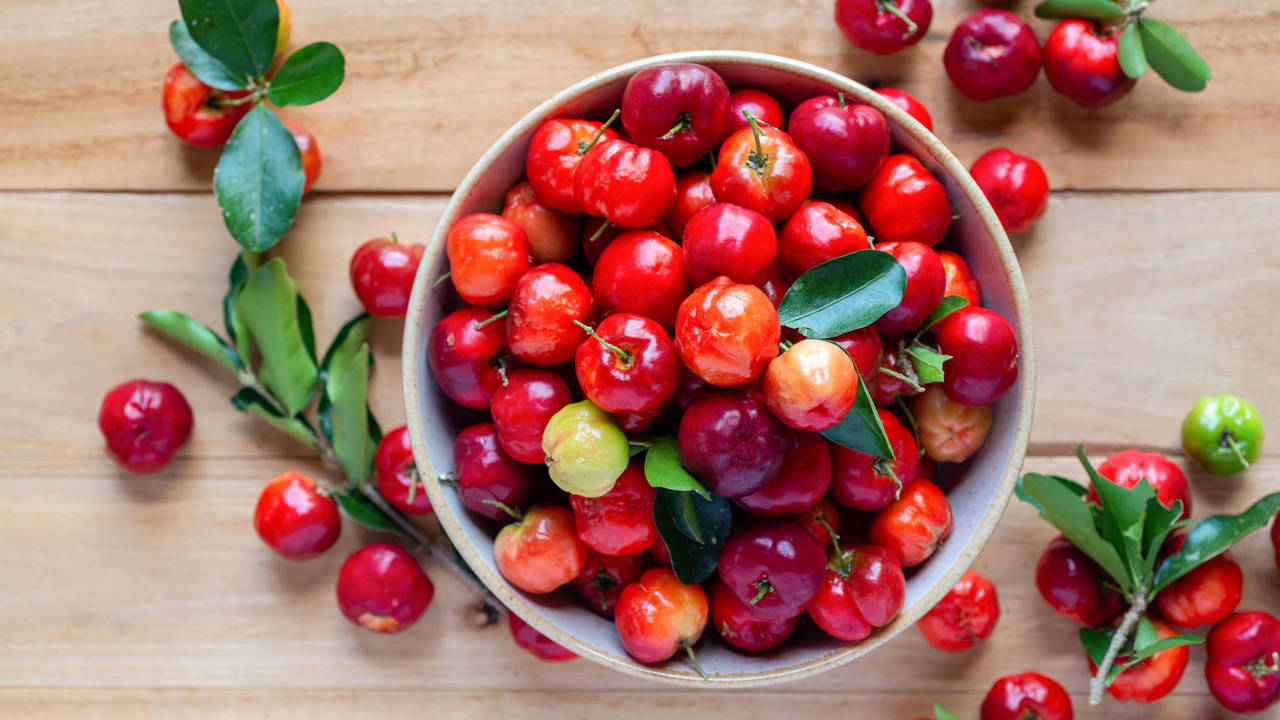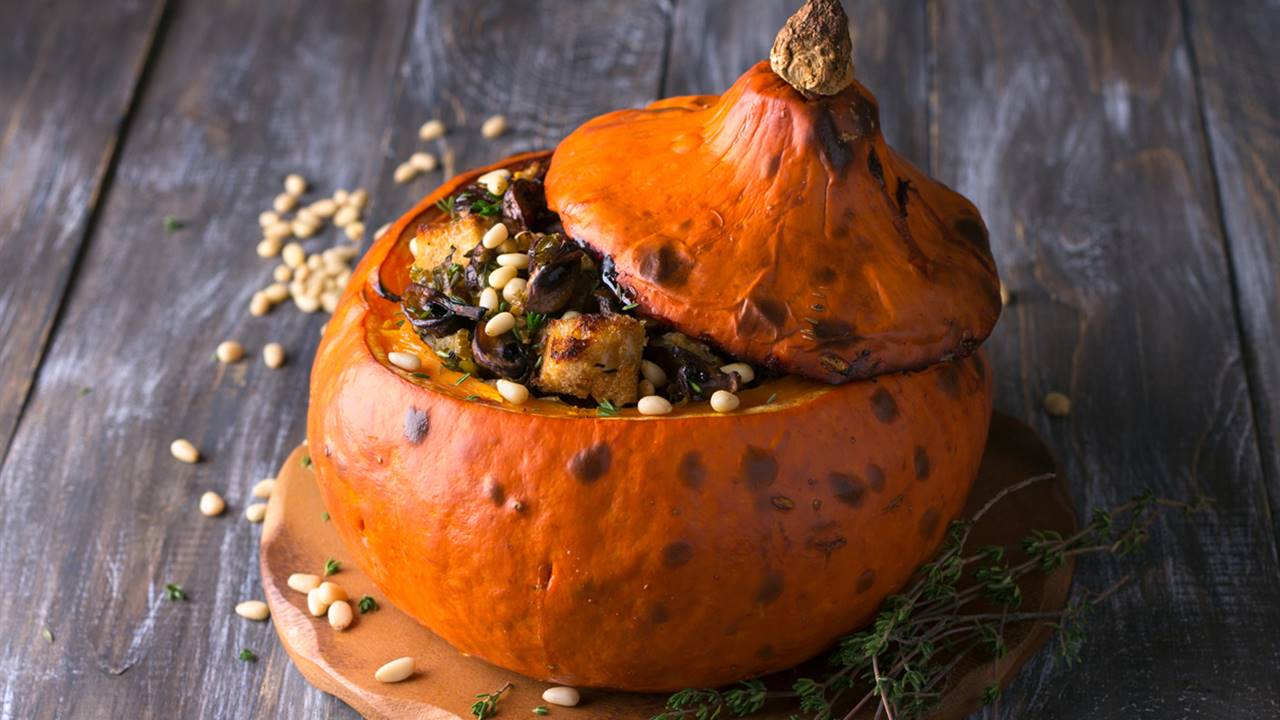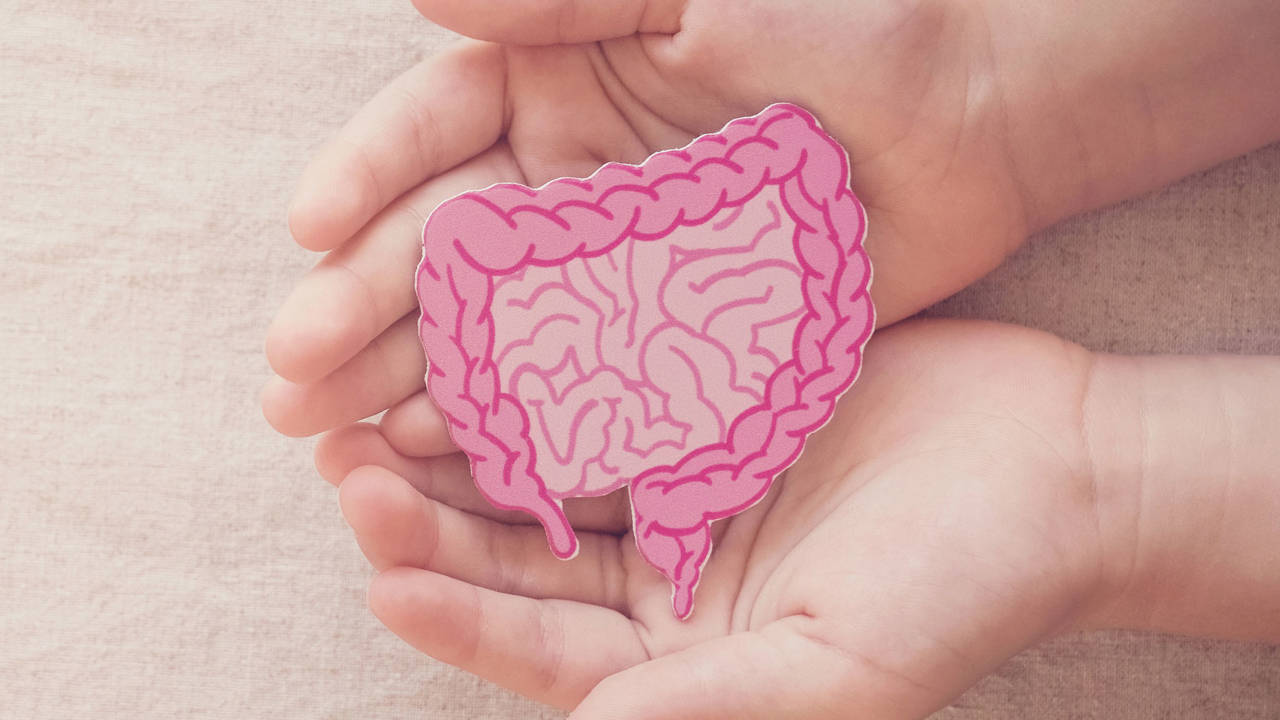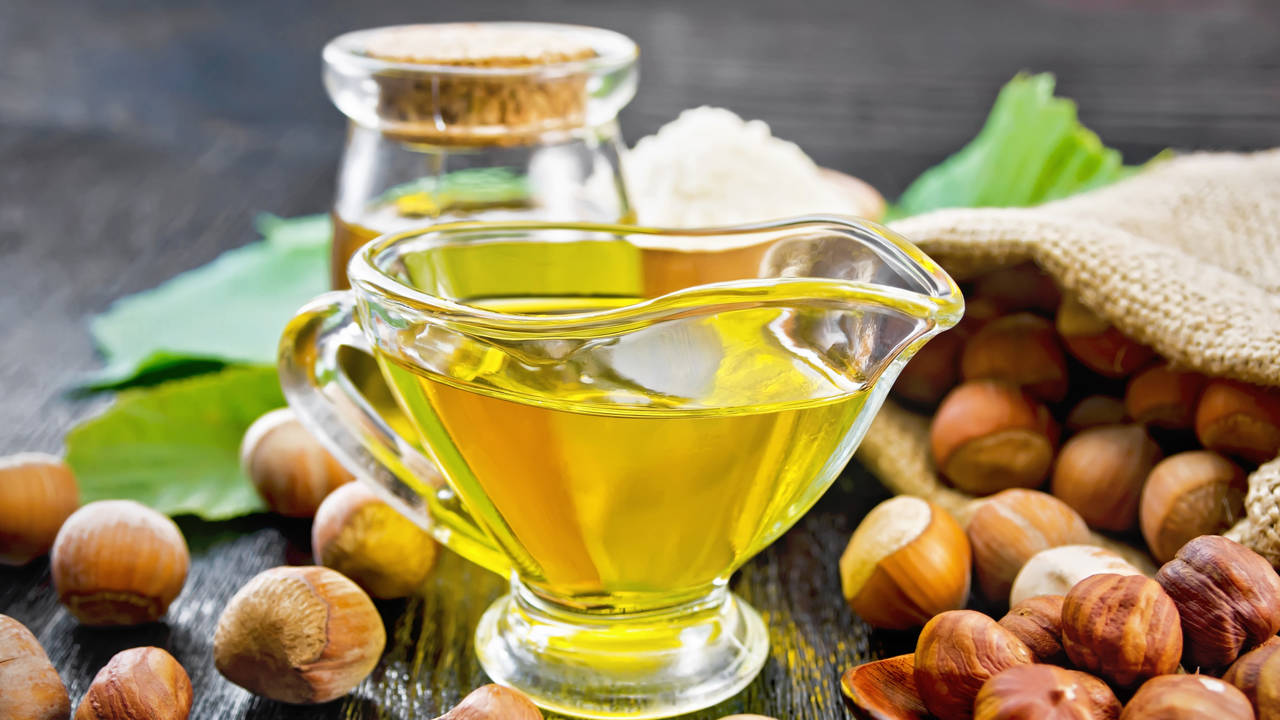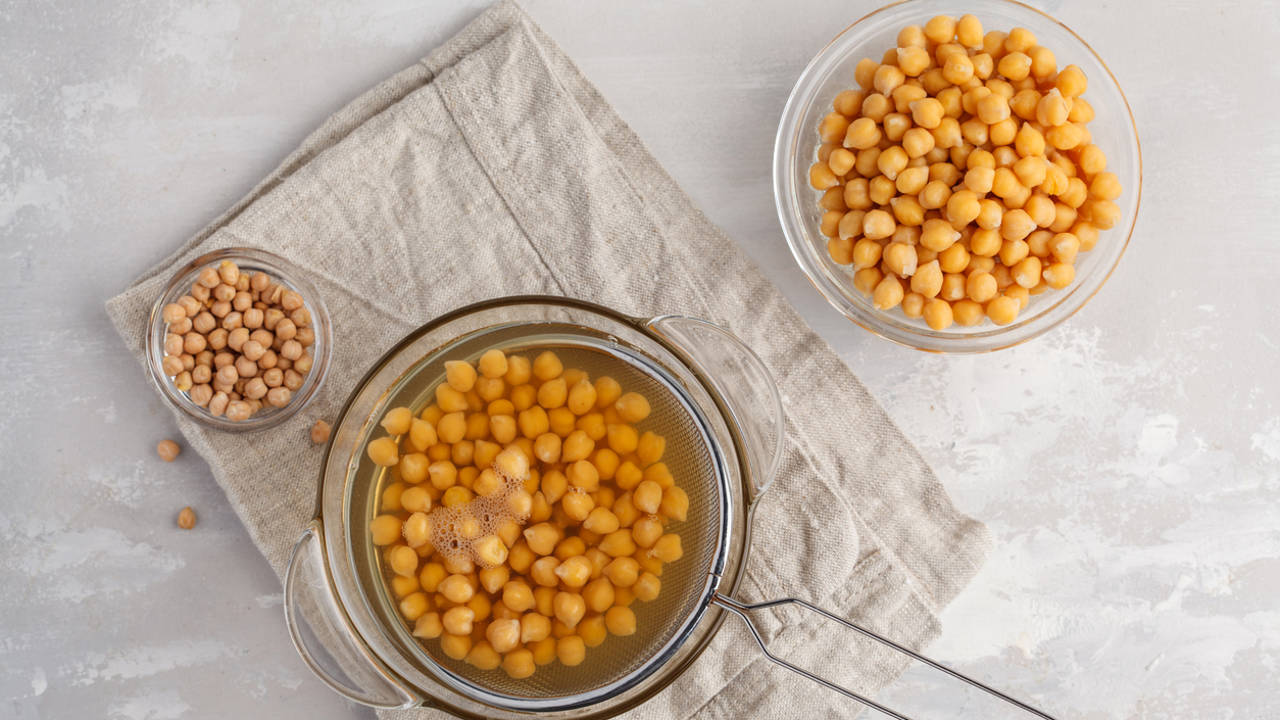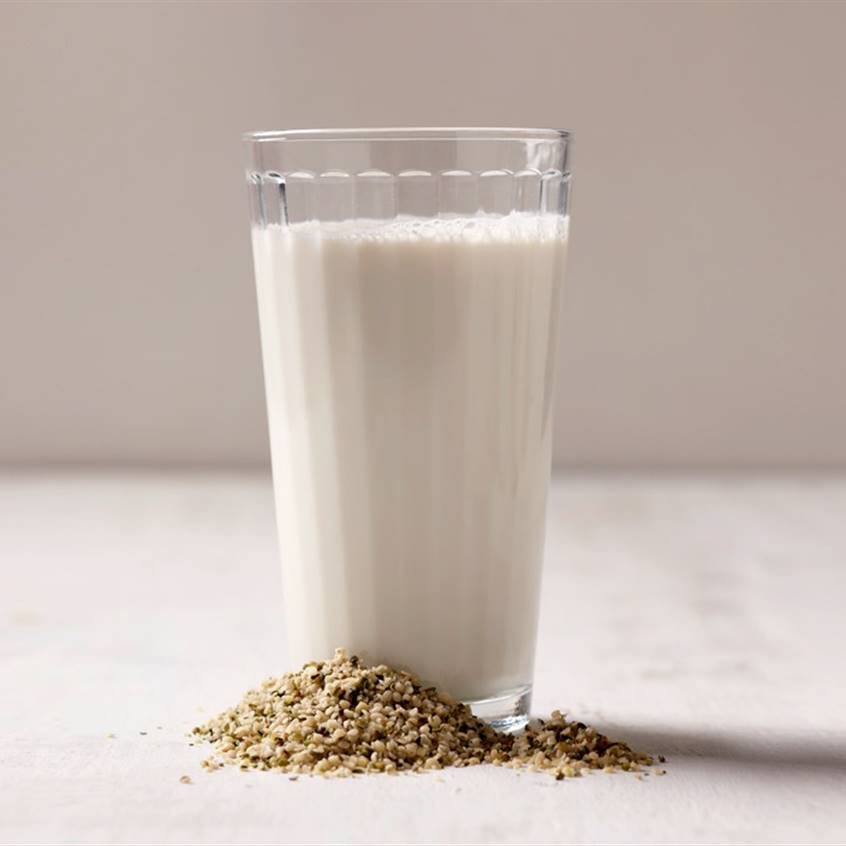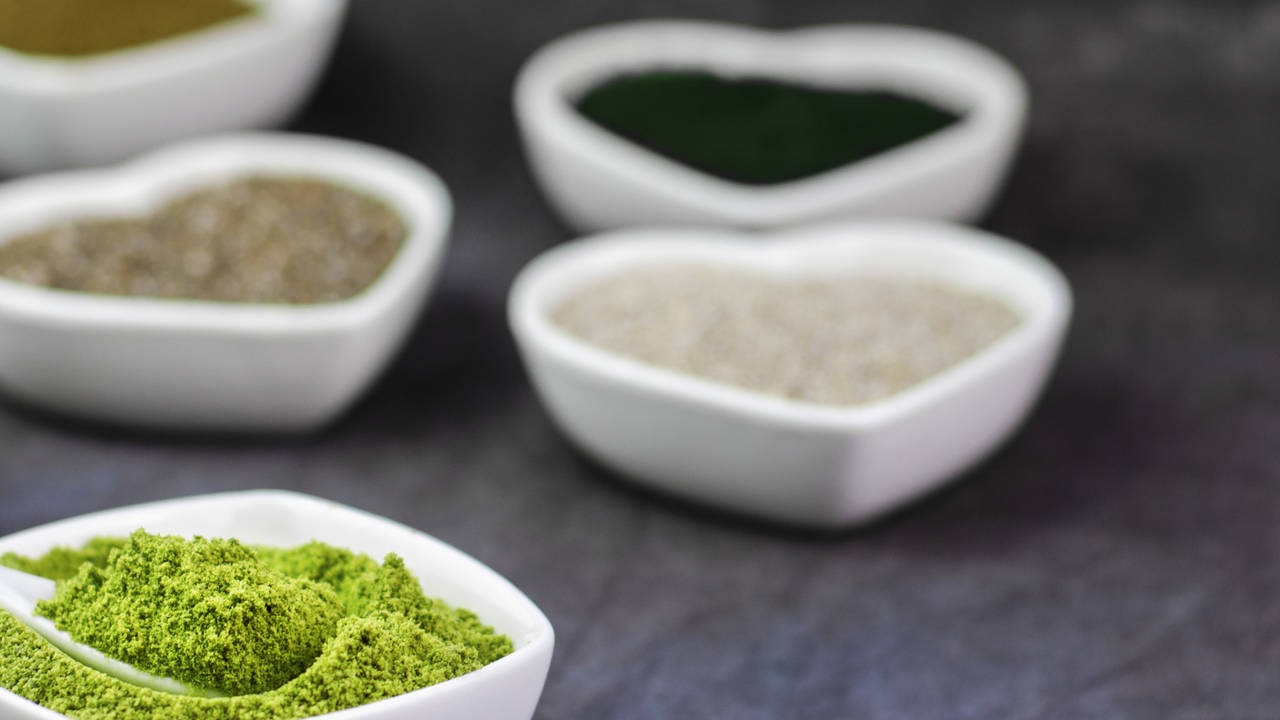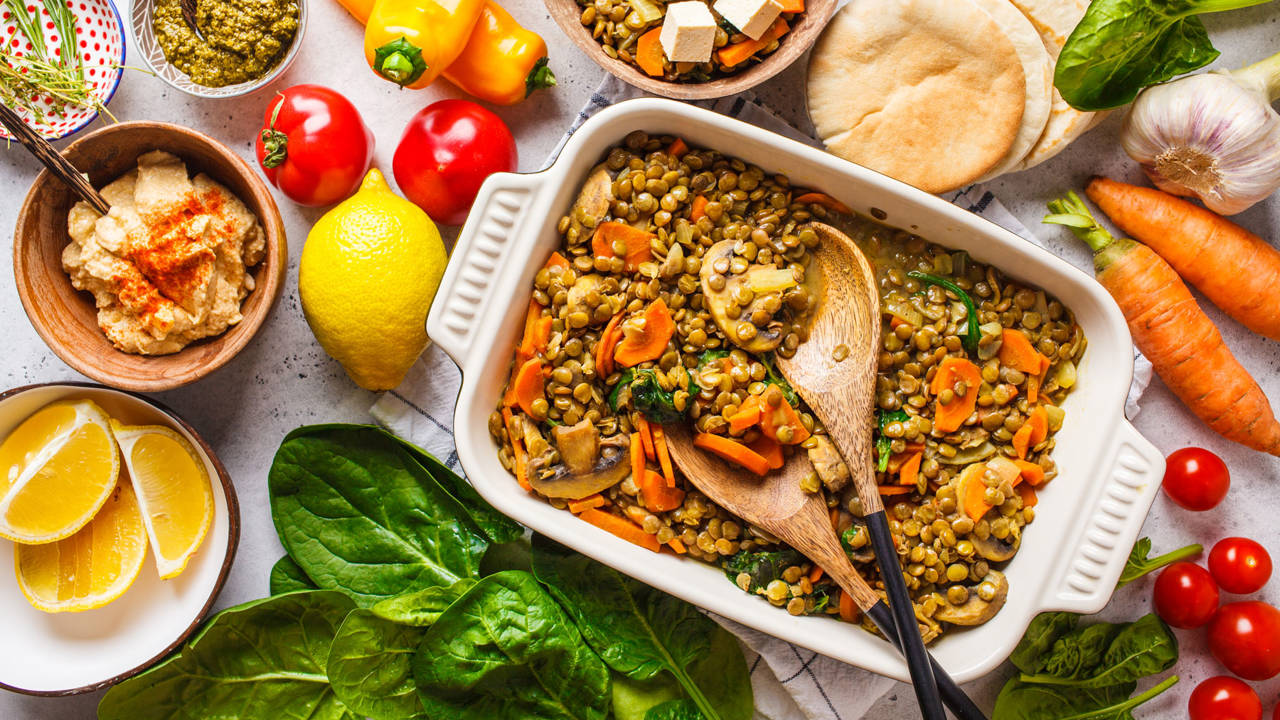What is acerola, how much vitamin C does it provide and what are its...
Acerola is one of the richest fruits in vitamin C and, although it is most common to take it in supplement form, it is also dehydrated and you can grow it at home.
What is...
Recipes with foods with vitamin A to enjoy taking care of your skin
Essential for eyesight, skin and bone development, vitamin A also supports immunity and is an antioxidant. Prepare tasty recipes rich in it.
Are you including enough foods with vitamin A on your menus? It is necessary...
Postbiotics: how they fight inflammation and how to help your body produce them
Postbiotics explain the anti-inflammatory effect of a healthy microbiota. You can learn to take care of the production of these compounds through proper nutrition.
Differences between postbiotics, probiotics, prebiotics and symbiotic
What are postbiotics and what...
Omega 7 and omega 9: the foods richest in these healthy fatty acids
It is recommended to take between 25 and 45 g of monounsaturated fatty acids per day. Omega 7 and omega 9 fatty acids care for the skin and protect the heart.
Omega 3 is often talked about,...
How to reduce or neutralize phytic acid (antinutrient) in food
Phytic acid is a substance found in many plant foods. It is considered an antinutrient because it negatively influences the absorption of minerals and trace elements. We explain how you can neutralize or reduce...
Hemp tofu or hemp-fu
Nutritional hemp is rich in quality protein, omega-3 and magnesium. Learn how to prepare a delicious nutty-flavored tofu with it.
Nutritional hemp is a seed full of surprises. Although it seems that its consumption has just...
Glycine: properties and what this amino acid is used for
Glycine is an amino acid that cannot be missing: it reduces fatigue, facilitates sleep, regenerates joints and prevents pain. He is a great protector.
Wisteria: what is it for?
Is glycine an essential amino acid?
Glycine: properties
What...
Foods with iron: foods, combinations and recipes to avoid anemia
Discover how to increase your iron levels by including iron-rich foods in your diet by preparing recipes in which its absorption is more effective.
How to increase iron intake
The Foods Richest in Iron
How to Make...
Ferritin: What It Is and What Happens When You Have High or Low Ferritin
Having good iron levels and well-oxygenated cells depends in part on ferritin. These are the keys to not having low ferritin or high ferritin due to deficit or excess.
What is ferritin?
What is ferritin for?
Low...
Essential Amino Acids: What They Are and Harvard’s Trick to Get Them All
Your health and well-being depend to a large extent on your body being able to create the necessary proteins. Plant foods can provide you with the amino acids you need.
What are and what are...

